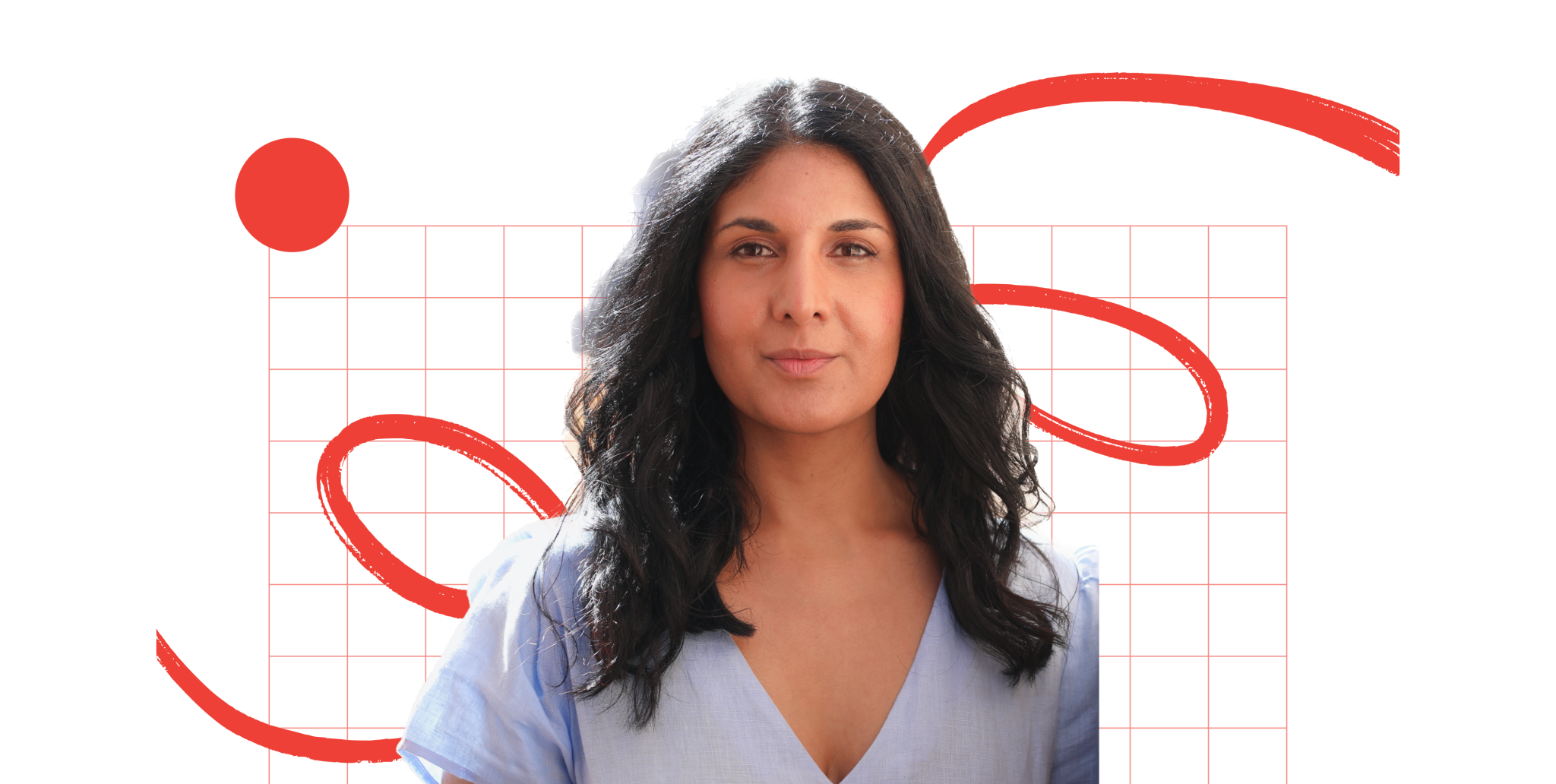This interview first appeared in our weekly Startup Life newsletter. For more insights from smart folk like Laetitia straight to your inbox, sign up here.
Laetitia Van Hoecke is head of marketing at Birdie, a London-based, remote-first agetech startup which has entirely transparent salaries. She was one of its earliest hires and here explains how the company switched to working with a salary grid, how it’s used to create development plans and what happens when employees get miffed about how much they’re paid.
Why did Birdie switch to transparent salaries?
We have a culture of radical transparency. Everything is accessible to anyone at the company, unless it would be illegal or is highly confidential: the Slack channels between the leadership, decisions taken by the board. Although we might not be able to participate in shaping all of that, we can have access to it.
It’s about empowering the team to have enough information to make the best decision in the allotted space given. That also means all resources can be questioned — and if we want to question everything, we also need to let people know the salaries of everyone in the company.
What impact does it have?
It means people can focus on the value they provide to customers, rather than the politics of the office environment. There’s trust between everyone; it chills out all that small talk that might happen around salaries. And it’s empowering in terms of development; to get to the next salary level, you know exactly how to get there.
How does the salary grid work?
The grid is based on roles and chapters. So for marketing, I had to build three grids. One for growth, another for product marketeers and one for content. Each role has a specific salary. It’s skill and responsibility-based.
A skill could be leadership: what does that mean at the level of a content manager? What about a senior content manager? The grid explains what those skills mean, so people know exactly how to get to that level.
How does the team use the grid?
"Every six months, people build a development plan on the back of the grid. You can completely decide your route — and have an open discussion about where you want to get to.
How do you benchmark salaries?
First, it’s desk research, using websites like Glassdoor to understand where to start from. Then you stress test it with mentors, people in the industry you know, or in groups with other marketing leaders. And then, to dig deeper, set up one to one conversations with people in the recruitment space or who’ve built bigger teams. We do this at least once per year.
What happens when people aren’t happy with their salary?
People do question the grid, you can’t stop that. Recently, a person in my team said, ‘I really think the benchmark you used is too low for the role I’m in. Although we agreed on [the salary], could we review it and can I help do that?’ They were in a growth role, and growth roles are very scattered; it’s a part of marketing that’s not very well defined yet. So I took that onboard, dug deeper, talked to people from groups I’m in of growth and marketing leaders. I stress tested it — and he was right. His salary was £5k under market value, and we changed it.
How does it work with remote workers?
At the moment, we’re definitely on UK standards. We haven’t yet been pushed to make the grid fit for other geographies — but it will come at some point. We’re lucky that London salaries are on the higher end, so we haven’t had any pushback. If you can integrate that thinking straight away, [the grid] will be more robust for you to scale.
Any other advice?
Involve your team. Talk to them. Put the grid you thought about in front of them, for them to question and push back on. Don’t just reveal it, like ‘This is the grid, this is how it’s going to be’. That’ll never work.


